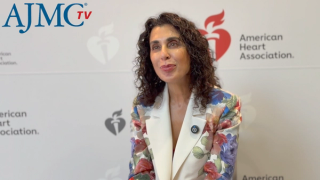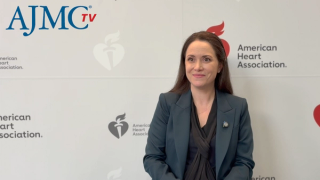
Clinical
Latest News
Latest Videos

CME Content
More News

Individuals who had preoperative percutaneous transthoracic needle biopsy (PTNB) had an increased risk of local-regional recurrence in non–small cell lung cancer (NSCLC).

The LINKER-SMM1 trial shows promising results for linvoseltamab in treating high-risk smoldering multiple myeloma with a favorable safety profile, notes Paula Rodríguez-Otero, MD, PhD.

Experts discussed safe and effective management strategies for patients with hidradenitis suppurativa at the 2025 Skin of Color Update.
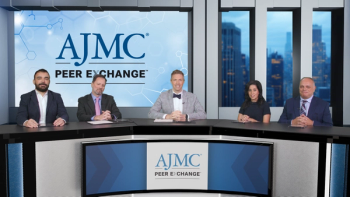
Panelists discuss how the SUNLIGHT trial and real-world evidence support FTD/TPI with or without bevacizumab as an effective third-line option in metastatic colorectal cancer.

Panelists discuss how available third-line therapies, such as FTD/TPI, regorafenib, and others, are chosen based on survival data, safety, and patient quality of life.
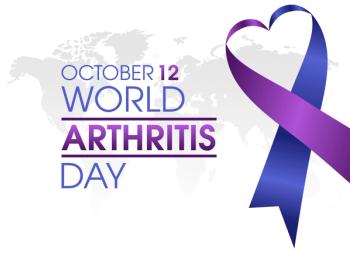
Arthritis care remains fragmented and costly, with access disparities prompting calls for preventive strategies, community resources, and systemic improvements.
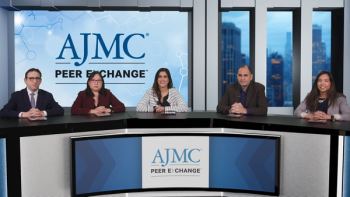
Panelists discuss how current NCCN guidelines emphasize the importance of treating AML at experienced centers with proper infrastructure, while treatment decisions are based on intensive vs nonintensive therapy eligibility and specific genetic mutations like FLT3, IDH1, and TP53.

Panelists discuss how social determinants of health significantly impact AML care, particularly regarding transportation access, health literacy, and the intensive nature of treatment requiring frequent clinic visits for blood work and transfusions, which disproportionately affects patients living far from treatment centers.
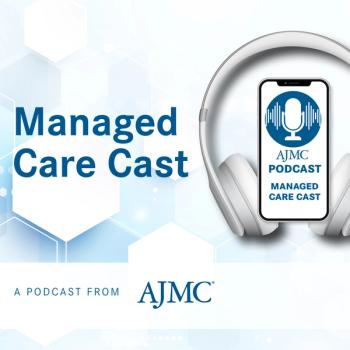
The founder and President of Phesi addresses the need for streamlining clinical trial data as GLP-1 RA therapies are being used to treat multiple diseases.
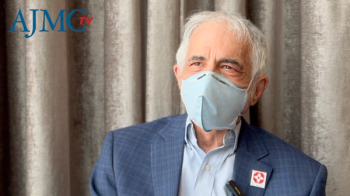
Many cancer survivors face ongoing physical and mental health challenges, which peer support and online resources can help address, says Brian Koffman, MDCM, DCFP, FCFP, DABFP, MSEd.
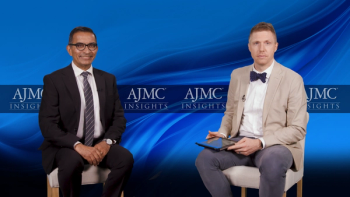
Panelists discuss how the CONVOKE clinical trial was designed as a 16-week study focusing specifically on patients with negative symptoms, incorporating patient input in app development and showing improvements in negative symptoms, depression, and cognitive function even in chronically ill patients.

Panelists discuss how prescription digital therapeutics are currently used in clinical practice, noting that while none are yet approved for schizophrenia, CT-155 shows promise in phase 3 trials, and existing PDTs like Rejoyn for depression demonstrate the potential for technology-based interventions.

Panelists discuss how guideline-directed medical therapy has evolved to include 4-pillar treatment for heart failure with reduced ejection fraction (angiotensin-converting enzyme inhibitors/angiotensin receptor‐neprilysin inhibitors, β-blockers, mineralocorticoid receptor antagonists, SGLT2 inhibitors) that can reduce mortality by up to 60% and extend life by 6 years, though significant implementation gaps remain, with only about one-third of eligible patients receiving appropriate therapy, necessitating rapid initiation of all 4 drug classes within weeks rather than sequential titration.

Panelists discuss how effective heart failure management requires collaborative care across multiple specialties (primary care, cardiology, endocrinology, nephrology) with advanced practice providers serving as dedicated coordinators, utilizing multidisciplinary teams and algorithm-driven care protocols to optimize patient outcomes and prevent the hot potato approach to complex comorbidities.

Experts at the Skin of Color Update highlighted the potential benefits of GLP-1 RAs in managing obesity, as well as psoriasis and hidradenitis suppurativa symptom management.

Arthritis is not one disease, and it has an impact that extends far beyond the well-known osteoarthritis or rheumatoid arthritis.
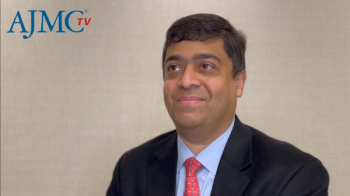
Vivek Subbiah, MD, says artificial intelligence (AI) should assist clinicians in precision oncology, not replace human decision-making.

An expert discusses how rilzabrutinib’s covalent reversible binding mechanism provides a favorable safety profile with only manageable grade 1 to 2 toxicities and no cardiovascular or bleeding complications, unlike earlier irreversible Bruton tyrosine kinase (BTK) inhibitors.

An expert discusses how the phase 3 LUNA 3 trial demonstrated that rilzabrutinib achieved durable platelet responses in 23% of patients while also being the first prospective trial to show significant improvements across all quality-of-life metrics.

Surgeons are more likely to perform opportunistic salpingectomy when their peers have done so, underscoring the impact of physician networks in ovarian cancer prevention.
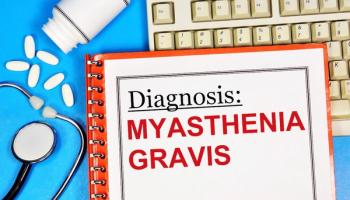
Efgartigimod shows promising efficacy over IV immunoglobulin in treating impending myasthenic crisis in patients with myasthenia gravis.

US pediatric influenza-associated encephalopathy (IAE) cases surged during the 2024-2025 season, highlighting severe health risks and the need for better surveillance.
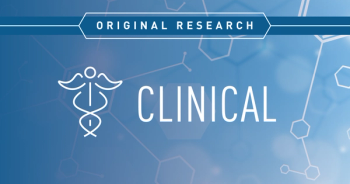
A retrospective multicenter study found that patients with heart failure discharged by noon had higher short- and long-term mortality and increased early readmission rates compared with afternoon discharges.

Artificial intelligence (AI) is expanding clinical trial access and enabling drug repurposing, according to Vivek Subbiah, MD.

Patients with chronic kidney disease (CKD) stages 3b or 4 experienced slower decline in estimated glomerular filtration rate 20 months after enrollment in a value-based kidney care program.





